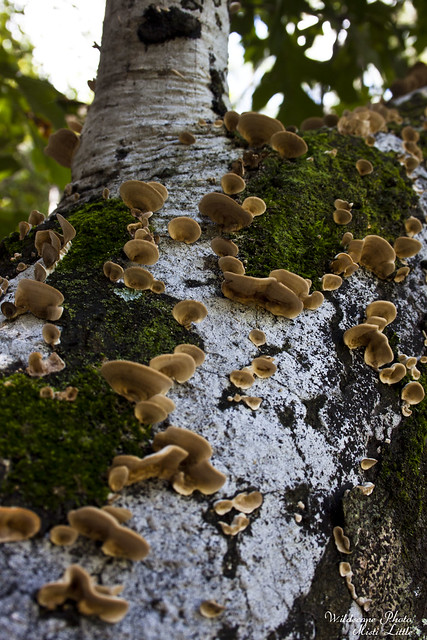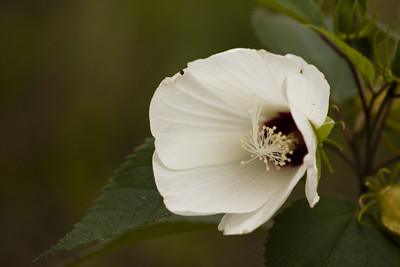Wildness | WG Jones State Forest
Heading east down the Middle Lake Trail (not to be confused with the Middle Lake Hiking Trail), I came to the Deep Gully Trail. To the north it was another wide dirt roadway, to the south I saw a fairly well worn but slightly overgrown singletrack. Feeling adventurous I decided to try the singletrack. Worst case, if it dead ended I’d just turn around.

Planted pine stood in rows, sometimes not very obvious, and other times you noticed that this was a managed forest.

I’m at a loss for identifying this pea. I was thinking Centrosema or Clitoria but I really just don’t know. I saw some down by our pond too, so maybe I need to get a plant out to identify it.

There’s something delicious about the blue sky and light in autumn, the way it comes through trees. I know it isn’t autumn but it just feels like it already.

Winged elm, Ulmus alata, is easy to spot with the growths that form along the branches of the tree.

I was enticed to go off trail just a bit, dive into the woods a little and explore. I really wanted to walk further but not without a GPS; not that I would really get lost because I could walk south or north and hit a dirt road, but I still wanted the reassurance of a GPS to get back. But, in the future I think this area warrants off trail explorations.

I really want to call this oak Quercus lyrata, anyone want to help me out?

Velvety undersides, very large shade leaves.

Diospyros virginiana, common persimmon.

Shortly after finding the persimmon I found myself in a red-cockaded woodpecker (RCW) recruitment cluster. The box in the tree is an insert to assist the birds in nesting. They are extremely slow at building cavities, especially in their preferred tree of old-growth longleaf pine, and paired with open pine habitat loss these birds are extremely endangered. More information here..

The area, really a lot of the forest I was in, needed a good burning in the open pine areas. I did not see any RCWs while standing in the cluster.

Trees with a cavity, insert or natural, are marked….usually.

This cavity was inhabited with bees. I watched many fly in and out, hovering around the entrance.

Some more information about the birds in their range in Texas.
I found a good video about RCWs shot at the forest too:
I will definitely be visiting this forest again soon to explore even further south inside the park. It’s nice to have something this wild in a suburban setting.







